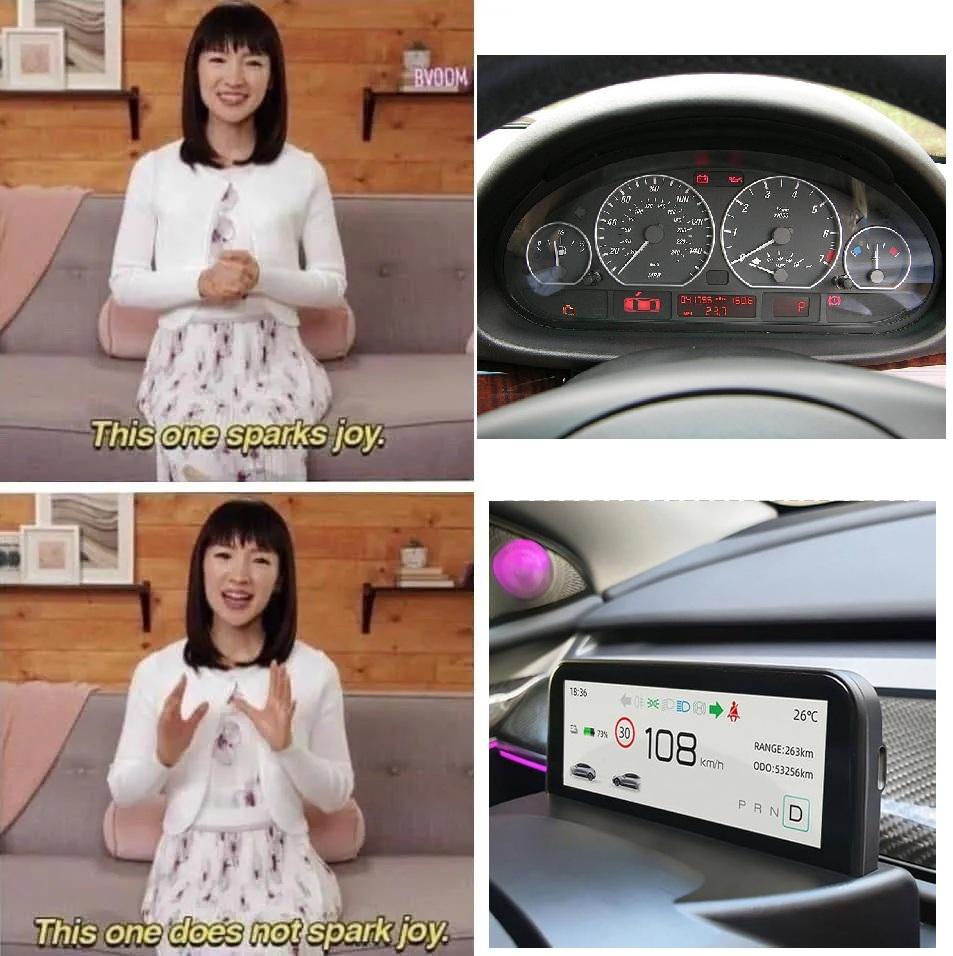this post was submitted on 16 Jan 2025
668 points (91.9% liked)
memes
15056 readers
19 users here now
Community rules
1. Be civil
No trolling, bigotry or other insulting / annoying behaviour
2. No politics
This is non-politics community. For political memes please go to [email protected]
3. No recent reposts
Check for reposts when posting a meme, you can only repost after 1 month
4. No bots
No bots without the express approval of the mods or the admins
5. No Spam/Ads
No advertisements or spam. This is an instance rule and the only way to live.
A collection of some classic Lemmy memes for your enjoyment
Sister communities
- [email protected] : Star Trek memes, chat and shitposts
- [email protected] : Lemmy Shitposts, anything and everything goes.
- [email protected] : Linux themed memes
- [email protected] : for those who love comic stories.
founded 2 years ago
MODERATORS
you are viewing a single comment's thread
view the rest of the comments
view the rest of the comments

A dial gauge can impart certain information that other ways cannot. I can notice a sudden change in movement without looking directly down, or see certain patterns of movement that simple numbers won't. An old example of the loss of that was found in some classic luxury cars (my grandmother had a Cadillac that I noticed it in). The speedometer wasn't a dial, it was an analog bar that would go right to left as your speed increased. It was very hard to judge change of speed by this, much like it's hard to see from a few digital numbers that rapidly change. I've also noticed that even digital dial gauges can suffer from this if their refresh isn't fast enough to simulate an analog accurately.
Doesn't mean you can't get used to a display or find other ways to get the same input, but dials aren't just old nostalgia, they do have advantages. I would bet for some measurements an analog multimeter is preferred over a digital, and vise versa.
Dials and digital displays are like clocks, the position can relay a lot of additional contextual information that doesn't come from a simple number.
The thing about a digital display is that you can have things display however you want. You want numbers? Fine. You want gauges? No problem. You want sliding bars and thermometer looking things? You got it. You want a time chart of values over time? Can do. You want an of the above at once? Got it.
In theory, anyways
If they added the options to choose what to see it would be fantastic! Most don't though.
Yeah, the potential of digital dashes is amazing, but the practical application of them , especially from OEMs, is pretty mid.
Some aftermarket ones are pretty customizable though.
Yeah, it's mostly aftermarket ones, which is harder to do on modern cars ( I think? I haven't actually seen anyone try to use aftermarket dash software on a built-in dash screen)
As someone who drives a car lower to the ground, I want to go to there.
Can you give examples?
Both clock and auto?
Because other than time, I'm having a hard time seeing what else a clock is telling you by being analogue.
You know how the shape or spacing of something can provide information?
An analogue clock makes it easy to glance at and see the difference between two times. If it is at 10 you can instantly know if you have two hours until midnight (or noon) because there are two hour spaces. If it says 10 you have to mentally calculate the two hours. If you want to do something in 15 minutes it is a lot easier to glance ahead the distance on the clock than to calculate 15 minutes from now based on a digital display.
The same thing is true for well designed analogue speedometers and tachometers. On my last car 75 mph was basically noon on the speedometer so I could see if I was going the right speed out of the corner of my eye because the line being vertical doesn't require direct concentration. Same with the tach, I knew where 3500 rpm was to know when to shift when the music was too loud to hear the engine.
Both require some familarity of course. I actually had a pain learning how to read an analogue clock until an uncle explained how he used the spacing and then it clicked. Speedometers vary from car to car, so it takes getting used to a new one.
Both come down to how quickly we can recognize shapes and expected positions of things compared to reading numbers. My current vehicle has a digital speedometer and I hate it because I have to actively read it, can't just glance at it like the old analogue displays.
Car manufacturers could've used the example of an aircraft. Their primary flight display shows speed nicely with current speed, good indication of changes in speed, settings like cruise control and max speed all in one clean display. I'd prefer that one. But no, it's not even an option of course.